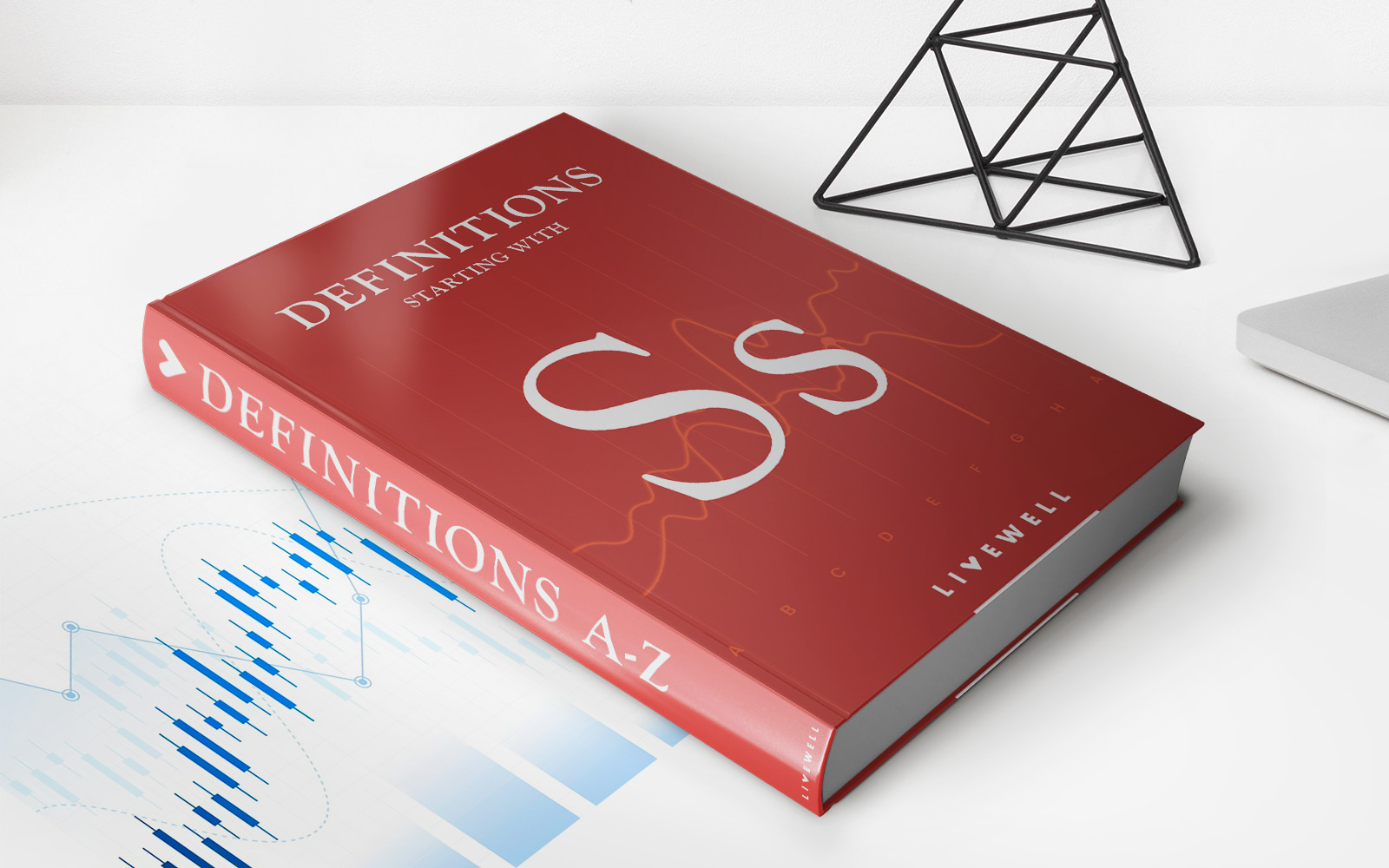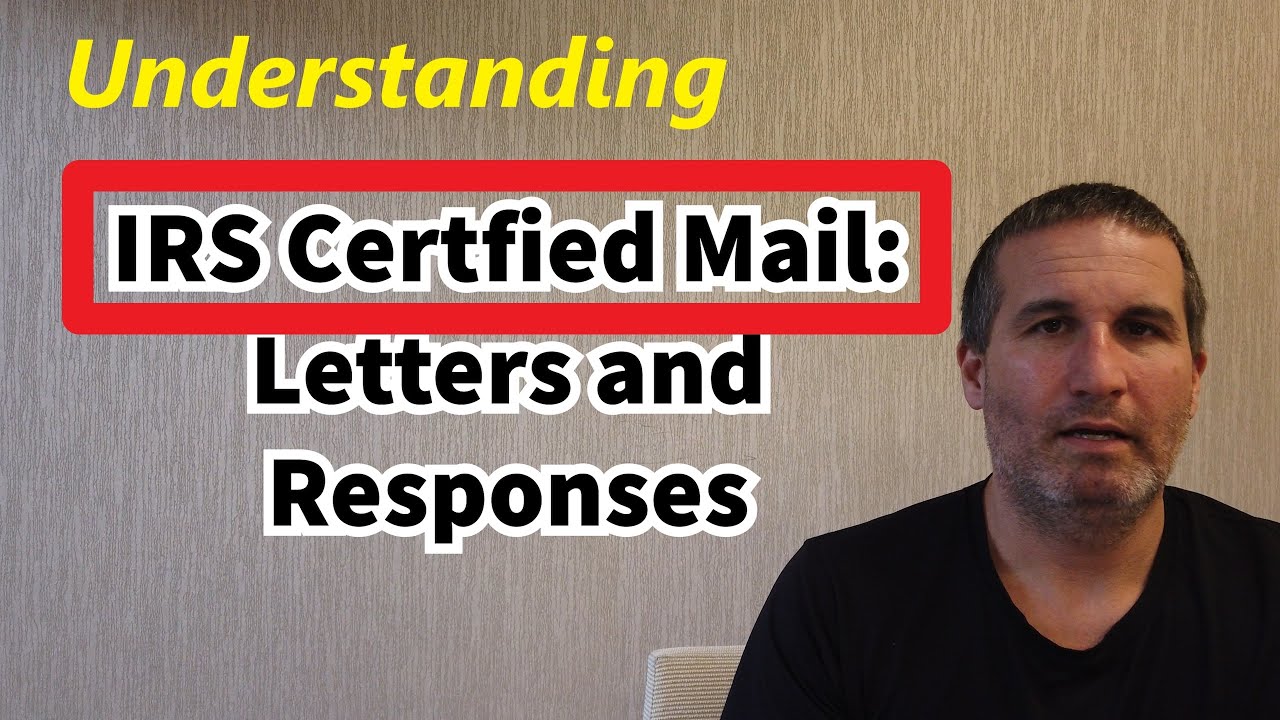

Finance
Common Gap Definition
Modified: December 30, 2023
Learn the common gap definition in finance and its importance in this comprehensive guide. Find out the significance of understanding gaps in financial analysis.
(Many of the links in this article redirect to a specific reviewed product. Your purchase of these products through affiliate links helps to generate commission for LiveWell, at no extra cost. Learn more)
Understanding Common Gap Definition in Finance
Welcome to the Finance category of our blog! Today, we are diving into an important concept in the world of finance—common gap definition. If you’ve ever wondered what a common gap is and how it affects the financial markets, you’re in the right place. In this post, we will explore the meaning of common gaps, how they can impact trading opportunities, and what traders need to know about them. Let’s get started!
Key Takeaways:
- Common gaps are significant price gaps that occur on charts when trading resumes after a period of no trading activity, such as weekends or holidays.
- They are typically caused by fundamental or technical factors that create a sudden imbalance between buyers and sellers in the market.
So, what exactly is a common gap? In the world of finance, a common gap refers to a significant price gap on a trading chart that occurs when trading resumes after a period of no trading activity, such as weekends or holidays. This gap appears as a blank space on the chart between the closing price of the previous session and the opening price of the next session. Common gaps are important to traders and investors as they provide insights into market sentiment and potential trading opportunities.
When analyzing common gaps, it’s crucial to understand the factors that can lead to their occurrence. Common gaps are typically caused by fundamental or technical factors that create a sudden imbalance between buyers and sellers in the market. For example, a company releasing unexpectedly positive earnings reports over the weekend may lead to a gap-up in the stock price when the market opens on Monday morning. Similarly, a negative news event or geopolitical crisis can trigger a gap-down in stock prices.
Traders need to pay attention to common gaps as they can provide valuable information about the strength of a trend or potential reversals in the market. Here are some important points to consider:
1. Measuring Market Sentiment
Common gaps can indicate the overall sentiment of market participants. For example, a gap-up suggests bullish sentiment, while a gap-down indicates bearish sentiment. Traders can use this information to confirm or challenge their existing trading strategies.
2. Identifying Trading Opportunities
Common gaps can also present trading opportunities. Traders who can correctly interpret the implications of a gap can take advantage of potential price movements. For instance, if a stock gaps up due to positive news, traders might consider buying the stock with the expectation of a further price increase.
In conclusion, common gap definition in finance refers to significant price gaps on charts that occur when trading resumes after a period of no trading activity. Understanding common gaps can help traders gauge market sentiment and identify potential trading opportunities. Remember to analyze the underlying factors and always consider additional technical and fundamental analysis techniques to make informed trading decisions.














